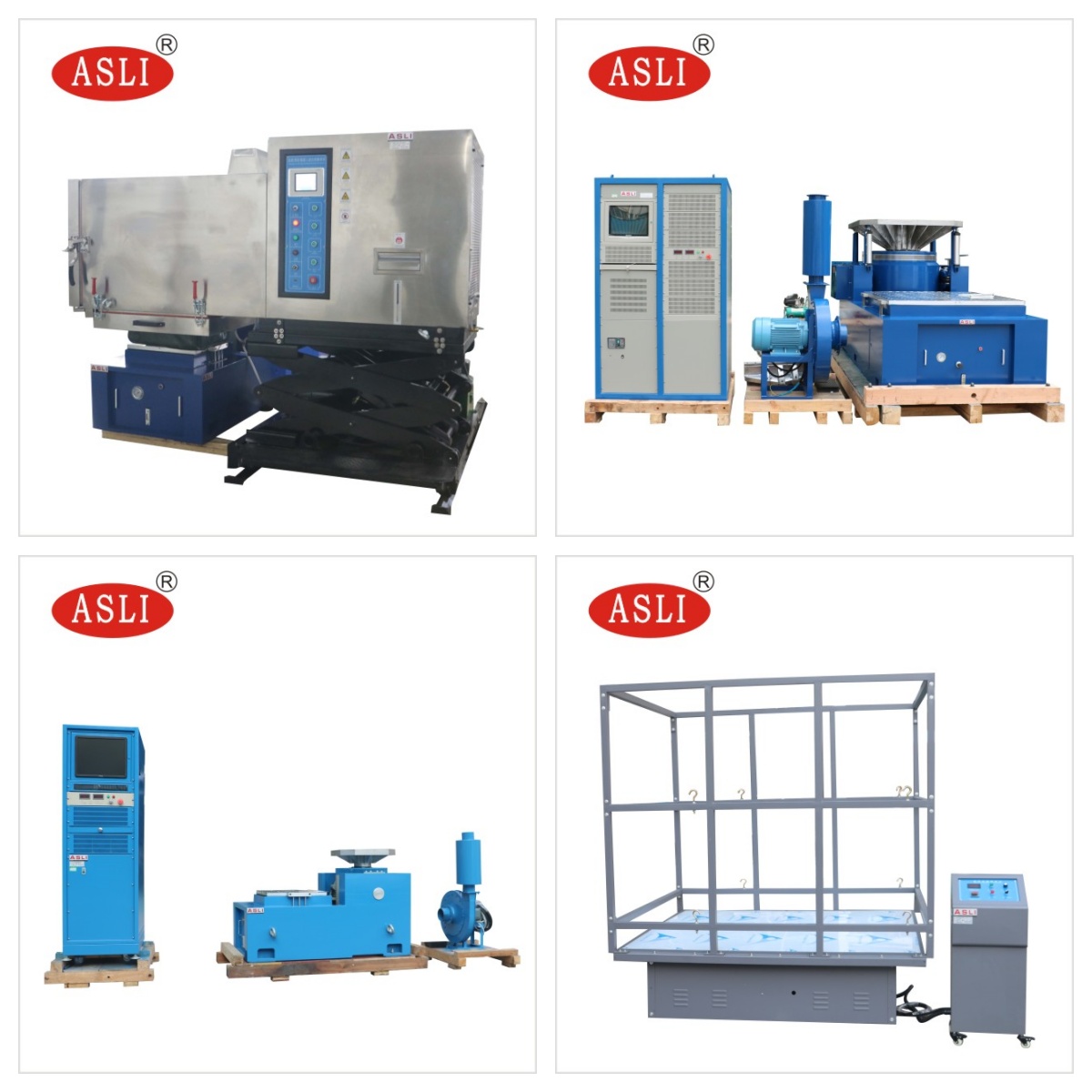One Minute to Understand Vibration Tables: A Core Tool in Modern Testing
Vibration tables, also known as shake tables, are essential in industries like aerospace, automotive, and electronics for testing the durability and reliability of products and materials. These machines replicate real-world vibrations, such as those experienced during transport, earthquakes, or heavy machinery use.

At their core, vibration tables simulate the forces that products will undergo in everyday situations or extreme environments. By subjecting items to controlled vibrations of varying frequencies and intensities, engineers can assess how well a product will hold up over time, ensuring its structural integrity. This is particularly important for items like mobile phones, satellites, or even entire buildings.
How They Work:
Vibration tables generate oscillations using hydraulic or electric motors. These oscillations can be adjusted in terms of frequency, amplitude, and duration to simulate different real-life conditions. Whether testing the shaking during a car's ride or the intense tremors during an earthquake, vibration tables offer critical insights into a product’s performance.
Applications and Importance:
Aerospace Industry: Before launching a satellite or rocket, engineers use vibration tables to replicate the extreme shaking experienced during lift-off. This ensures that all components will remain intact throughout the mission.
Automotive Industry: Vibration tests check how car parts, from suspension systems to electronics, respond to shocks and vibrations, ensuring safety and durability for consumers.
Construction and Infrastructure: Large-scale vibration tables simulate seismic activity to test how buildings and bridges will withstand earthquakes, improving safety standards and disaster preparedness.
By predicting the product's behavior under stress, vibration tables allow engineers to make informed adjustments, preventing failures and costly recalls. They are vital tools in enhancing product quality, ensuring safety, and advancing technological innovation.













